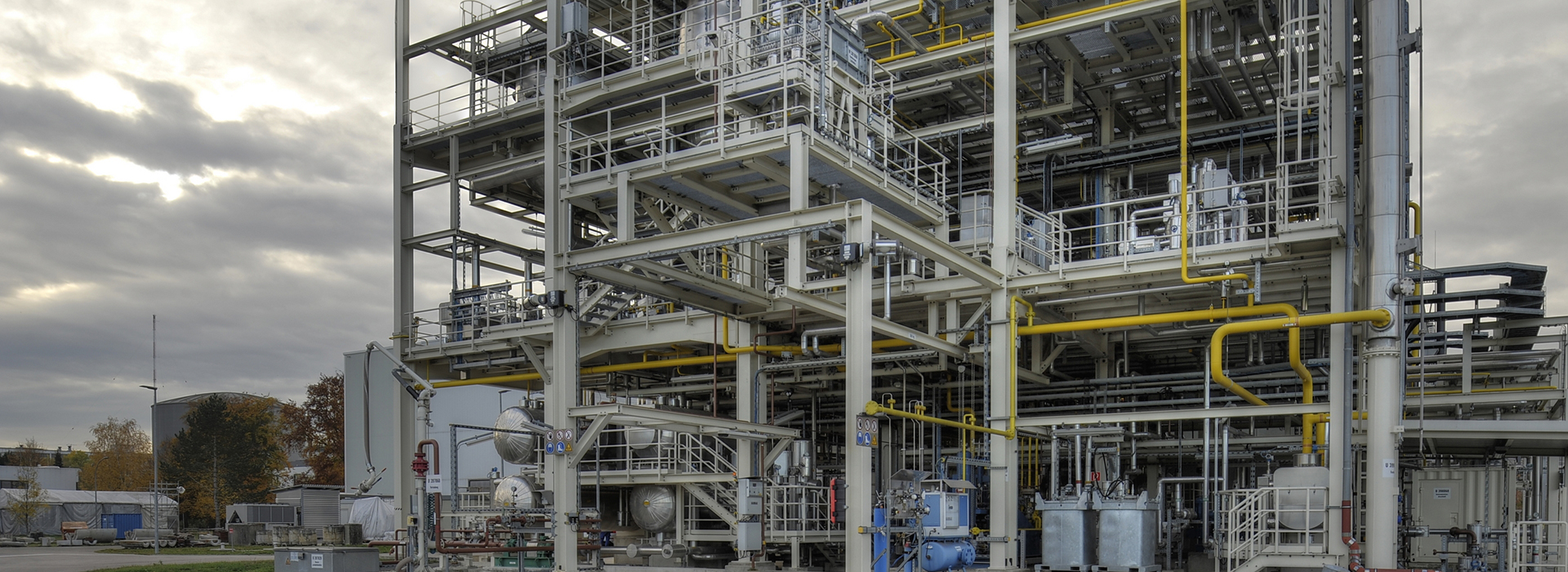Institute of Catalysis Research and Technology (IKFT)
The Institute of Catalysis Research and Technology was founded 2011. Its mission is to bridge the gap between fundamental and applied research and the development of new technologies and products in the field of catalysis and process technology of catalyzed processes. The focus of our work is the sustainable utilization of alternative feedstocks and their conversion into energy carriers intermediates. This includes the development of new catalytic systems based on a fundamental understanding of processes on a molecular level. The institute receives basic funding from the Helmholtz Association's program-oriented funding, largely in the Energy research field in the program Materials and Technologies for the Energy Transition.
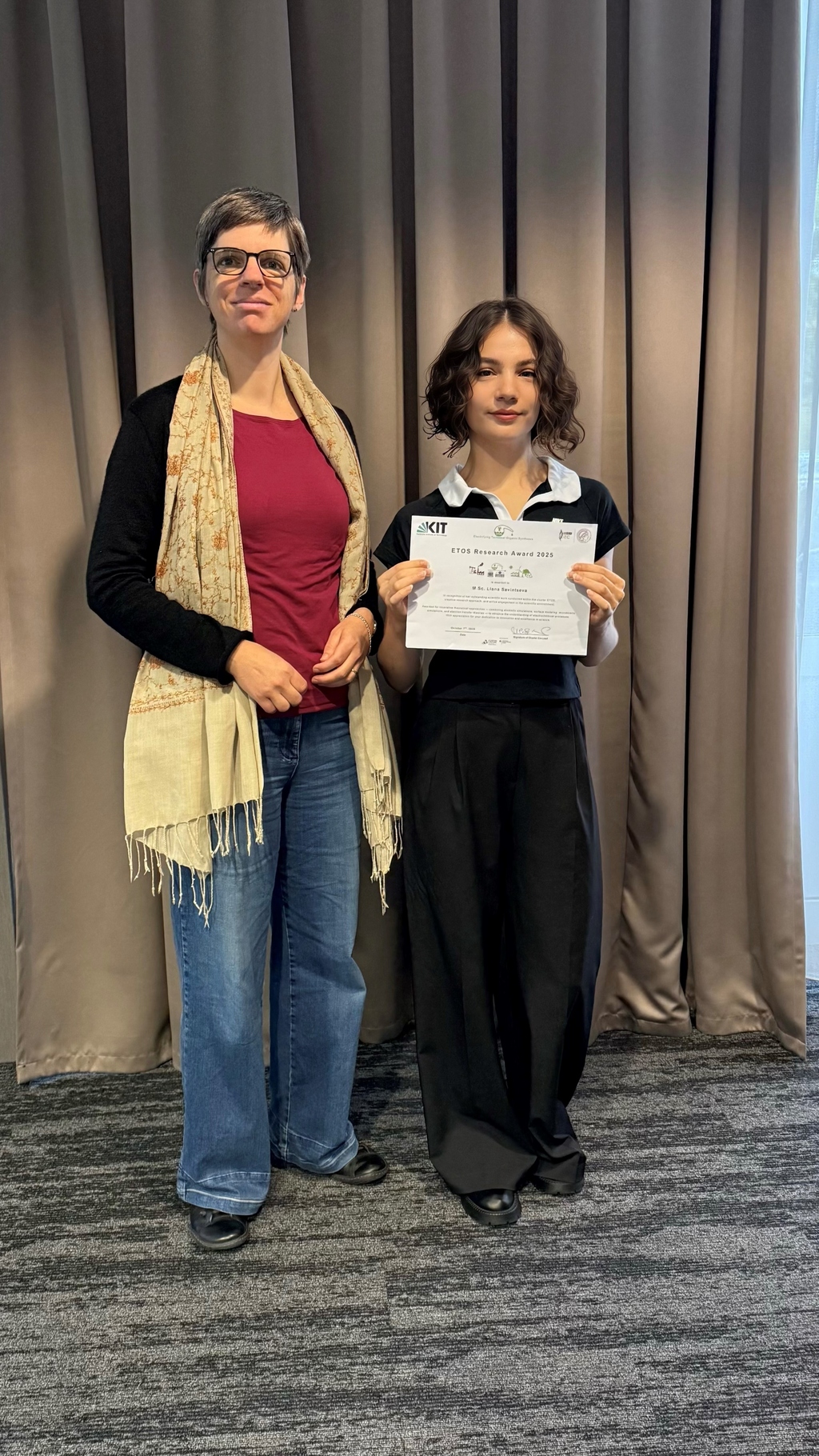
Liana Savintseva won the ETOS Research Award. Congratulations!
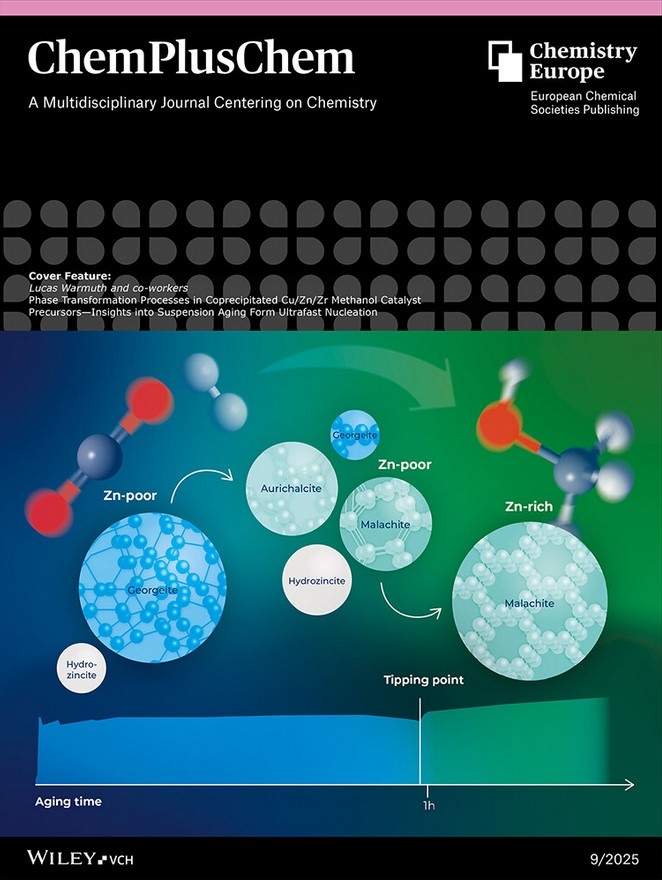
Suspension aging is critical in the synthesis of Cu/Zn-based methanol catalysts, because this process of chemical transformations includes crystallization of different phases. The evolution of these phases within the precipitate is leading along the so-called transitory tipping point to the target phase zincian malachite. More information can be found in the Research Article by Lucas Warmuth and co-workers (DOI: 10.1002/cplu.202500284).
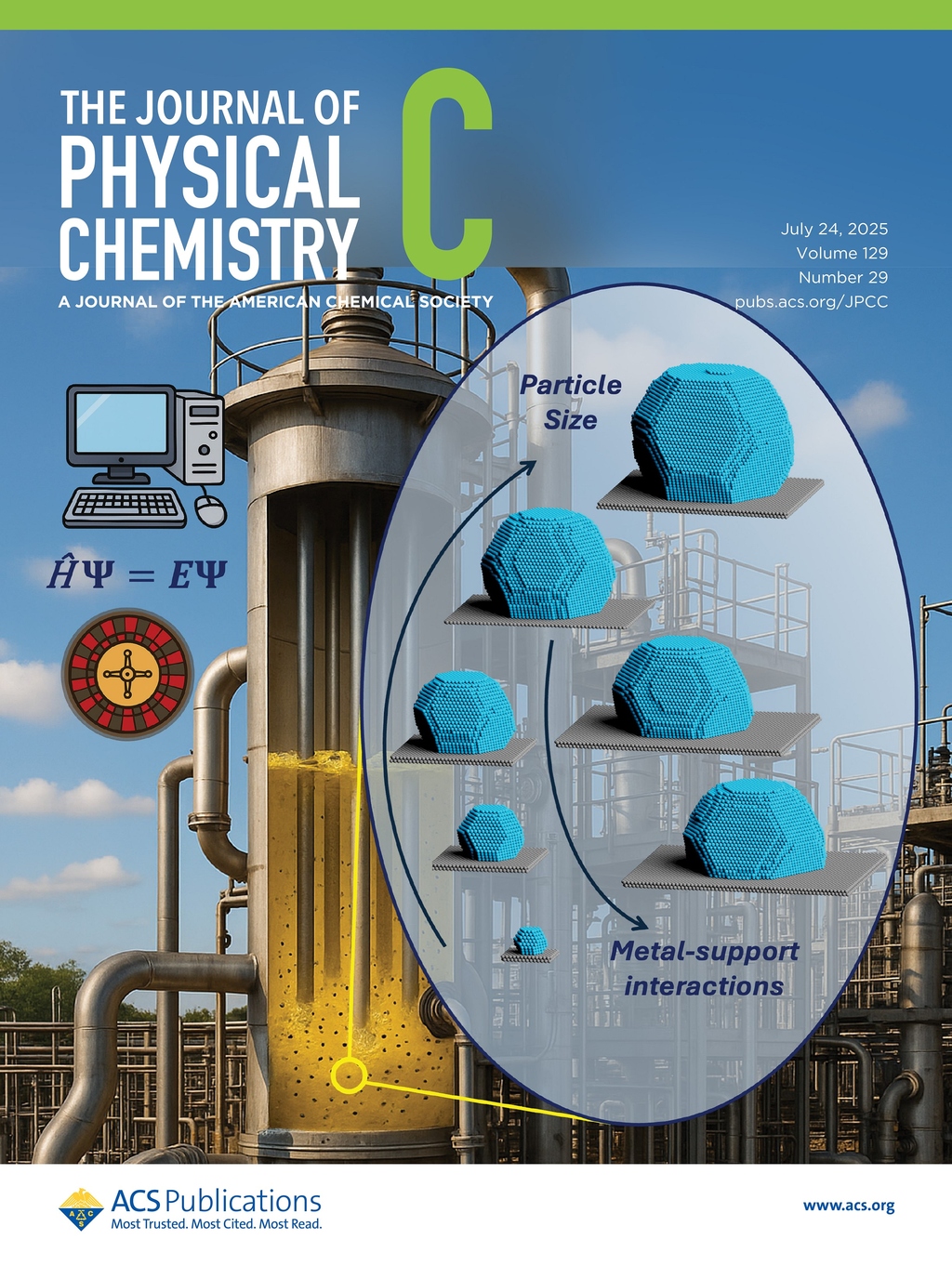
A recent investigation of the particle shape of cobalt-based Fischer–Tropsch catalysts using Monte Carlo simulations was featured as a front cover in the Journal of Physical Chemistry C. J. Phys. Chem. C 2025,129,13232−13243. https://doi.org/10.1021/acs.jpcc.5c02777
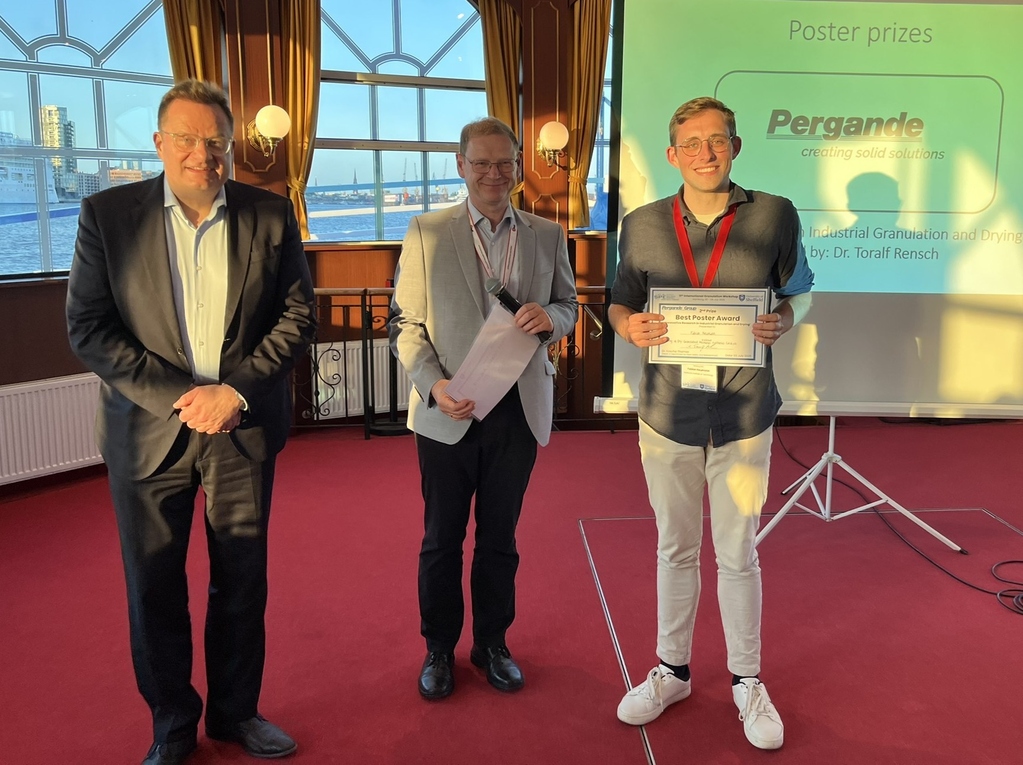
Fabian Neumann won a Poster Prize at the 11th International Granulation Workshop conference in Hamburg. Congratulations! The conference (2-4 July 2025) focussed on agglomeration, granulation and particle technology, which are important aspects during the transformation of (powdery) research catalysts into technical catalysts by tableting (see project Catalyst Shaping). The poster entitled "Tableting of Dry-granulated Methanol Synthesis Catalyst" presented initial results from shaping a Cu/ZnO/ZrO2 catalyst for the methanol synthesis.

An international group of junior researchers visited IKFT on 9th July 2025 as part of a scientific tour in the state of Baden-Württemberg (THE LÄND) following the Nobel Laureate Meetings in Lindau, Germany. This year’s edition of this famous meeting was dedicated to chemistry with a special focus on sustainability and circular chemistry. During the follow-up tour, the thematic focus was also placed on these urgent topics where catalytic technologies are a major driver.
more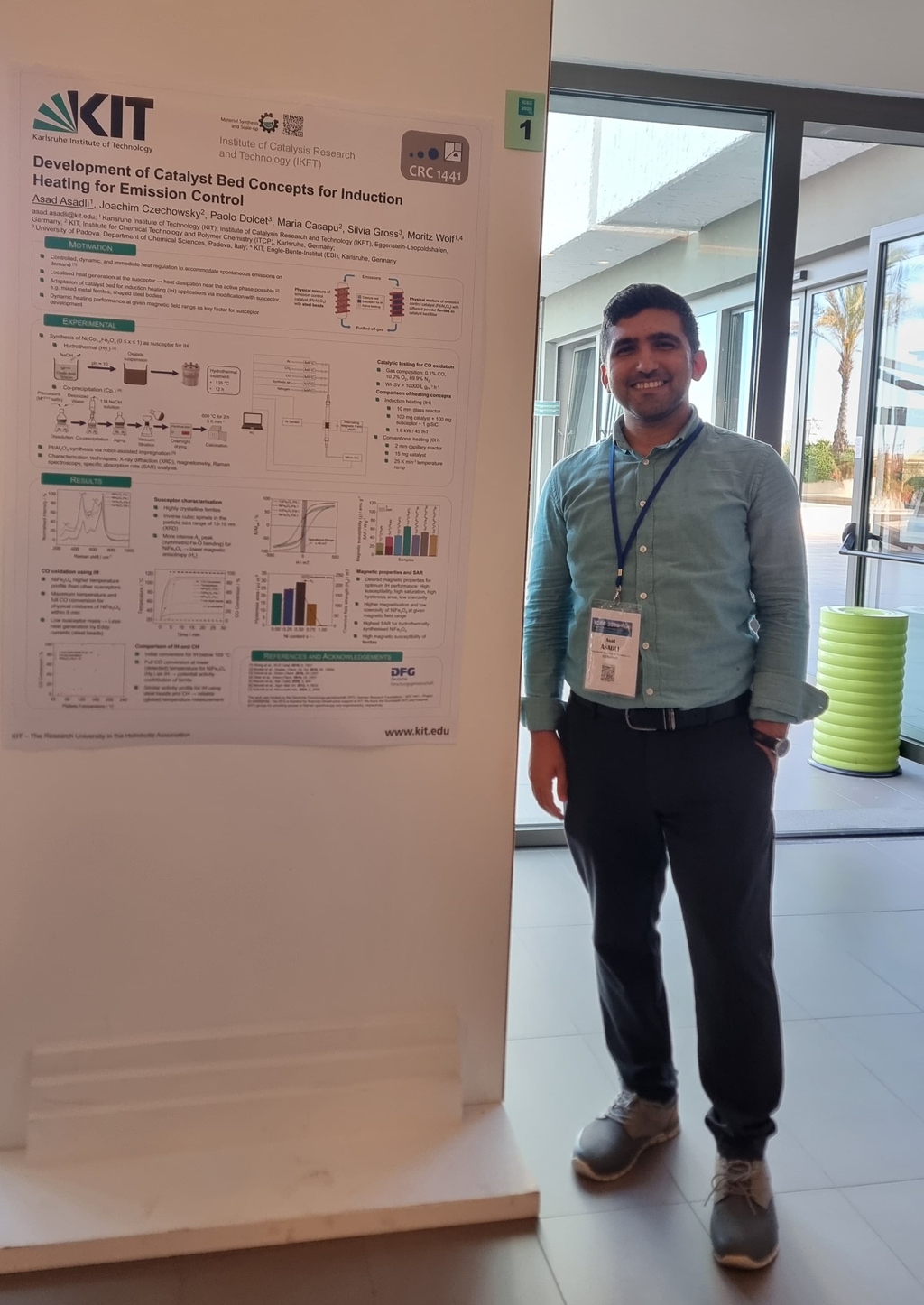
Asad Asadli won another Poster Prize, this time at the ICEC 2025 in Isola delle Femmine/Sicily, Italy. Congratulations!
moreVeranstaltungskalender
Nanoscience meets cellular ceramics: atomic layer deposition for functionalization of 3D structures
Porous ceramics find applications in a diversity of technological fields ranging from catalysis, sensors, biomedicine, energy conversion, and photonics. In many of these applications, the interfaces, including the structures’ surfaces, and their interaction with the surrounding environment are a key aspect to their performance. In this talk, I will demonstrate the power of atomic layer deposition (ALD) for the fabrication and functionalization of 3D porous structures. I will also show that ALD can precisely introduce dopants or second phases, concomitantly with spatial (nano)structuring altering the cellular ceramics’ phases and thermal stability. The focus will be on oxide-based ceramics and I will present examples of porous structures made out of or functionalized with SiO2, Al2O3, ZrO2, TiO2 or mullite (ALD supercycling), where the enhancement of thermal stability, phase stabilization and suppression of grain growth is achieved. The combination of “traditional” material selection with ALD nanostructuring leads to highly-stable porous structures for applications such as photonics and catalysis.
Prof. Dr. Sc. Eng. Kaline Pagnan Furlan
Institute for Applied Materials, Ceramic Materials and Technologies (IAM-KWT)
